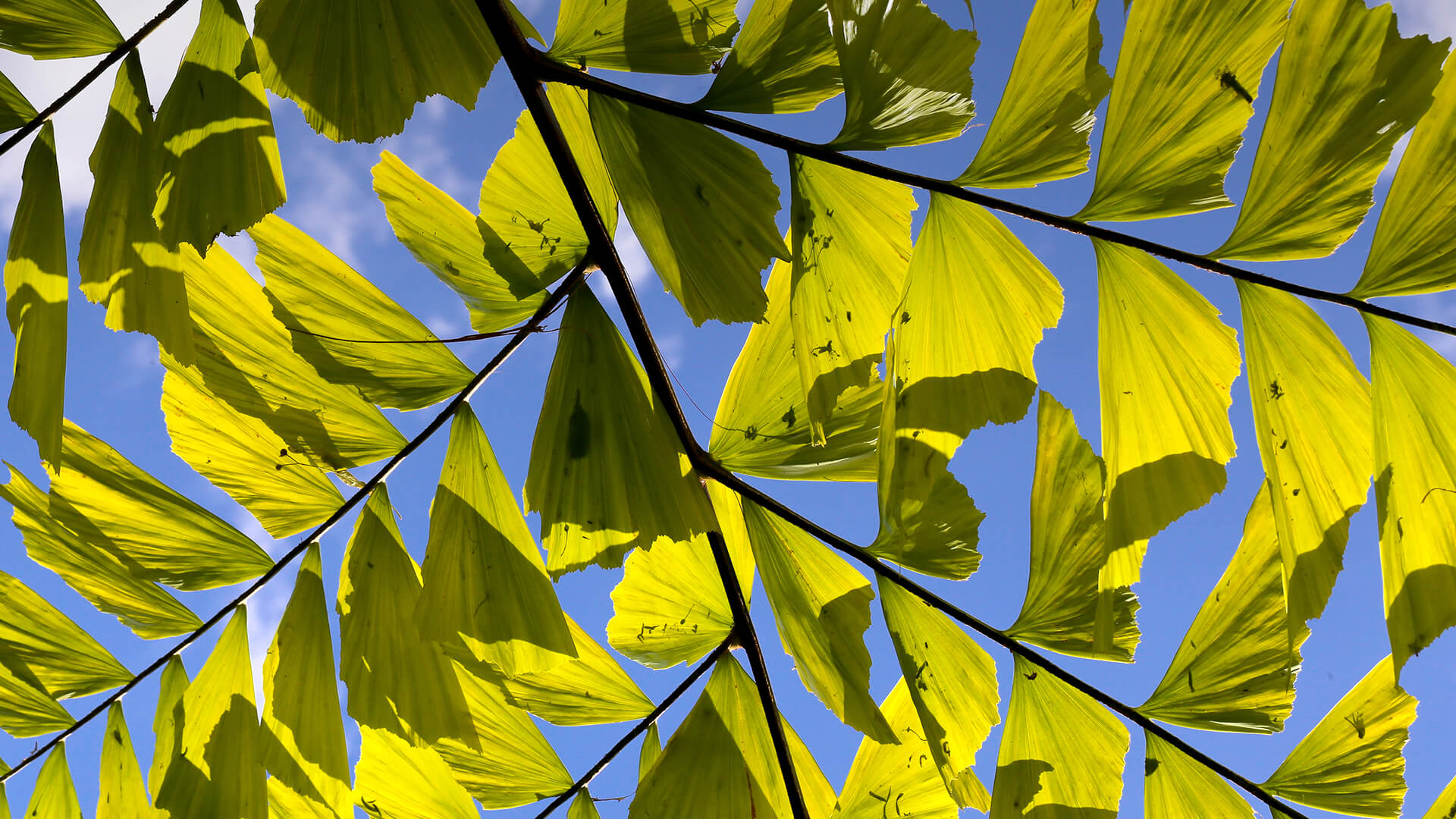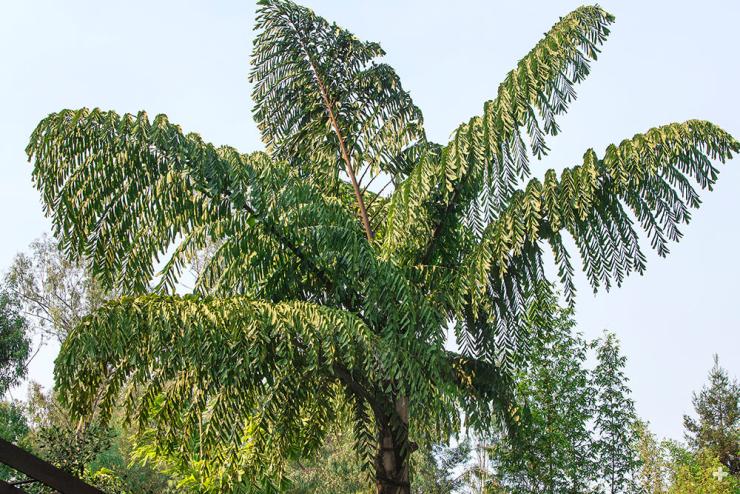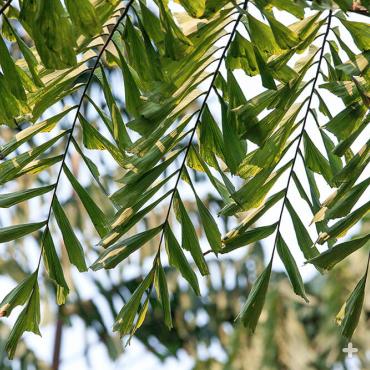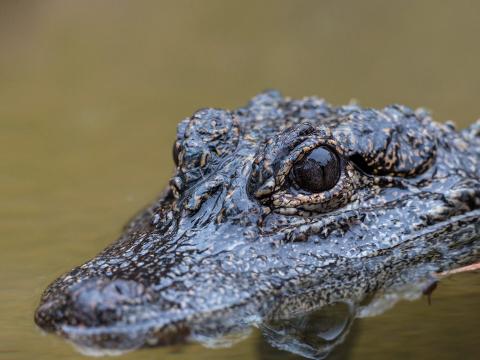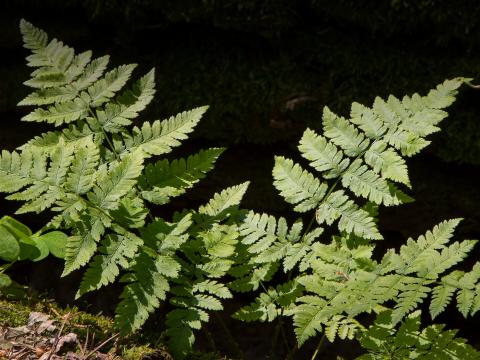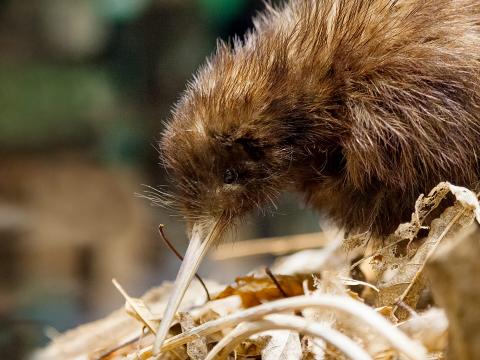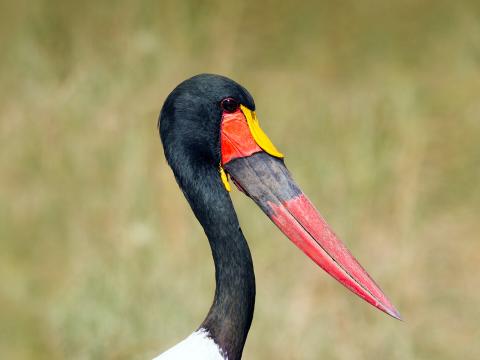Fishtail Palm
- Division: Tracheophyta
- Class: Liliopsida (monocots)
- Order: Arecales
- Family: Arecaceae (palms)
- Genus: Caryota
- Species: About 13
OVERVIEW
The feathery fishtail palms are native to humid forests of Asia, northern Australia, and the South Pacific, from sea level to about 6,500 feet (2,000 meters). Their lacy fronds make them special. Many palms are pinnate: blades grow along both sides of a frond's mid-rib. But only fishtail palms are bipinnate: each blade is further subdivided into leaflets. The bipinnate fronds give fishtail palms a feathery look, and they are also the source of their common name— the slightly ragged edges of the divided leaflets do indeed look a bit like a fish tail.
GROWTH
Large specimens of C. obtusa (formerly C. gigas), can stretch 100 feet in the air, with fronds that are 10 feet (3 meters) long and just as wide. Most, however, reach heights of 30 to 60 feet (9 to 18 meters), with a crown diameter of up to 30 feet (9 meters). If planted in the right conditions, they grow quickly, about 12 to 24 inches (30 to 60 centimeters) per year, once established. Most are single-trunk species, but some, such as the clustering fishtail palm C. mitis, grow multiple trunks, with new ones called suckers emerging at the base of the first trunk.
FLOWERS
Caryota flowers grow on hanging spikes that sprout in a clump, looking a bit like a dangling mop head. Tiny female flowers grow between the not-quite-as-small male flowers, on the same spike, and mature only after the male flowers bloom. A fishtail palm is known botanically as a monocarpic plant. This means that after it finishes flowering, the entire trunk dies. This varies from most other palms, which start flowering while young and continue to do so. However, the flowering period of a fishtail palm can span five to seven years.
USES
Fishtail palms make breathtaking ornamental species prized by palm enthusiasts, but most people don't want to have to remove and replace them after they flower. The relatively small, clustering fishtail palm C. mitis, which reaches maturity at about 10 to 20 feet (3 to 6 meters), is sometimes used as a houseplant. Fishtail palms have other uses, too. Leaf sheath fibers make good thatch and rope, and in some places people cut the trunks of certain species for construction. The spongy pith of stems yields a food starch called sago, which is similar to tapioca.
Giant Fishtail Palm
A single giant fishtail palm (formerly known as C. gigas) would completely fill an average yard.
Maxima Fishtail Palm
Another massive fishtail palm that hails from Southern Asia, this one can be 100 feet (30 meters) tall, with 16-foot (5 meter) fronds.
Clustering Fishtail Palm
This fishtail palm grows in multi-stemmed clusters. After a trunk flowers and dies, the rest of the clump survives.
Rumphiana Palm (Albert Palm)
This native of Southeast Asia can be 60 feet (18 meters) tall, with a spread of 20 feet (6 meters).
Jaggery Palm
Native to India, Myanmar, and Sri Lanka, this is one of the fastest growing of all palms; it reaches maturity in only about 20 years.

